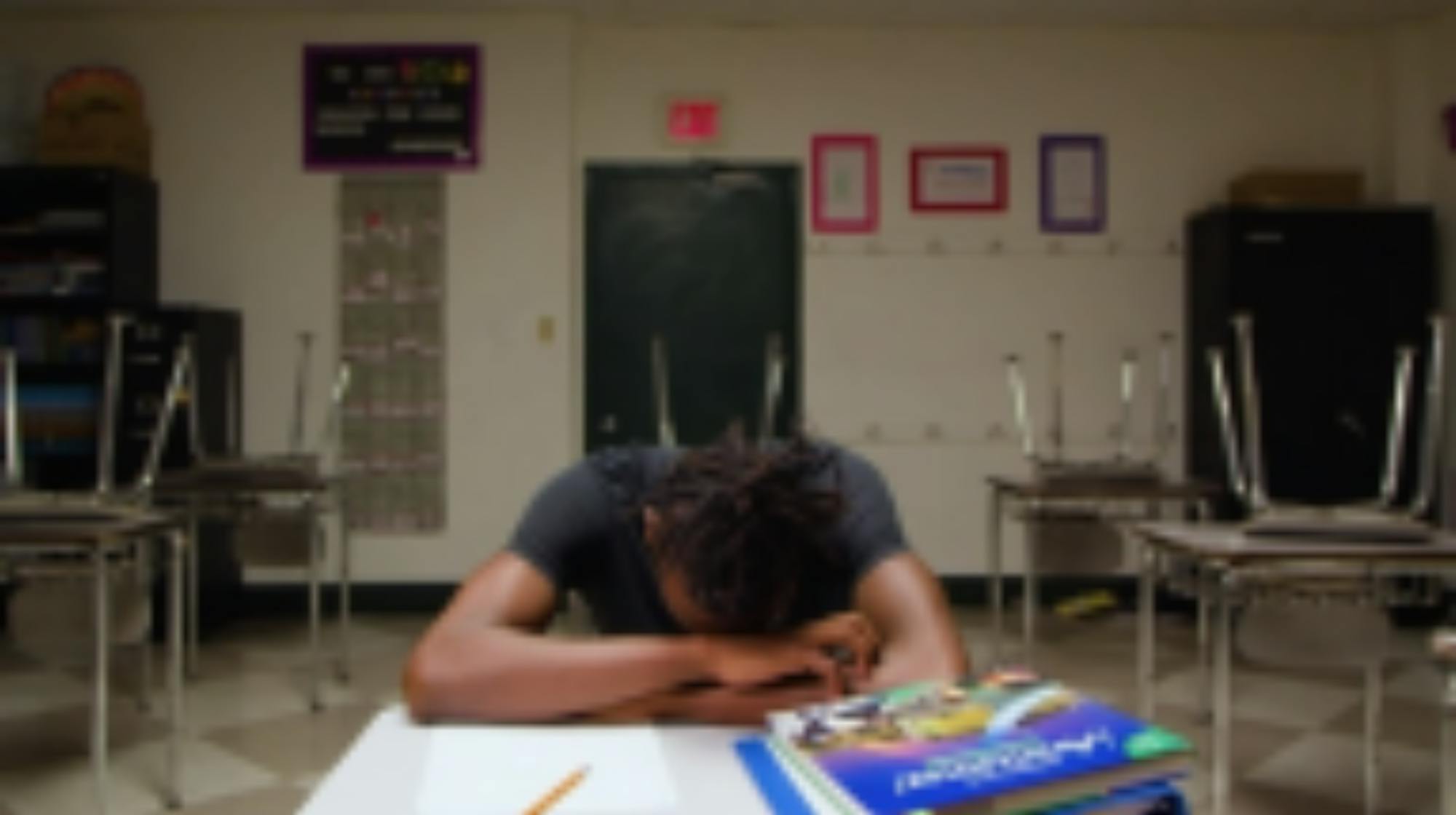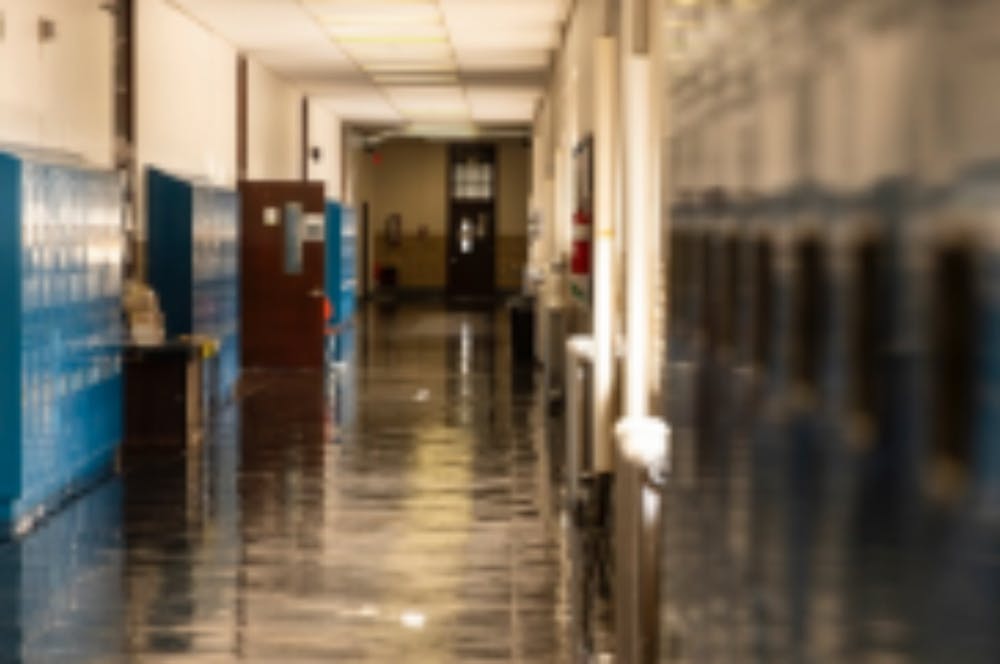Creative Growth Has No Budget
By Ava Williams

Courtesy of PhillyBOLT
Creative growth is vital for youth development, but for many teens in Philadelphia, especially from low-income families, access to the arts has become a luxury they can’t afford.
Families struggling to meet basic needs often can’t pay for art supplies, programs, or transportation to events. Even public art and cultural programs have struggled to recover post pandemic. According to a 2024 Axios report, only 33% of local cultural institutions have returned to pre-COVID attendance levels.
A WHYY survey showed Philly's creative economy shrank from $4.1 billion in 2017 to $3.3 billion in 2022, and 29,000 full-time jobs in the creative sector vanished between 2019 and 2021. That trickles down to our schools, where art programs are often the first to be cut.
For many students, school is their only chance to explore creativity. Without proper funding and investment, a whole generation of Philly youth may lose out on the power of self-expression.
The Silent Struggles in the District
By Sanaa Kent

Courtesy of PhillyBOLT
As a teenager who has been a student in the Philadelphia School District for years, there is no doubt that the district has its ups and downs. From the inaccessibility of the student portal to the lack of teachers for core subjects, many systemic issues within our educational community remain unresolved.
One of the most persistent challenges is the high school selection process. According to Chalkbeat Philadelphia, only 50 of 195 elementary and middle schools in the district offer advanced math courses. Additionally, a recent review found that the lower a neighborhood's median household income is, the less likely students are to have access to an algebra class.
As a former student of an underfunded middle school, I couldn’t access pre-algebra in 8th grade. Every student in Philadelphia deserves equal learning opportunities—no matter their zip code.
Another overlooked issue is the number of out-of-county students attending top-tier in-city schools. While the district promotes inclusivity, students from neighboring counties often take up limited spots in elite schools, leaving many Philly-based students displaced or waitlisted.
The School District of Philadelphia allows rejection of nonresident students if they displace resident students or require additional costs. However, these rules are inconsistently enforced. We must advocate for fairer policies to ensure every Philly student has a fair shot at quality education.
Lacking the Basics: Why Philly’s Youth Need More
By Qitanah Pettiway

Courtesy of PhillyBOLT
Youth in Philadelphia—especially ages 11-18 in lower income areas—are suffering from a lack of basic resources. As a result, many fall into cycles of substance abuse, homelessness, incarceration, and missed educational opportunities. If our schools had more devoted counselors and mental health services, these issues could be prevented.
According to The Hechinger Report, low-income students don’t receive nearly the same level of college counseling as wealthier peers. The gap in college counseling is yet another example of how students who need more tend to get less in the United States.
I’ve experienced this personally. At my school, there’s a shortage of teachers and AP classes, leaving students at a disadvantage when applying to top colleges. A lack of support compounded the issue—my former counselor was entirely uninterested in solving this problem.
We need adults who are genuinely invested in youth success. When teachers and counselors stop caring, students give up too.
Enjoy what you're reading?
Signup for our newsletter
No One to Turn To
By Davita Williams

Courtesy of PhillyBOLT
The lack of consistent, caring guidance for Philly youth has created a vicious cycle. Too many students lack the mentorship and emotional support necessary to navigate life and its challenges.
According to Billy Penn at WHYY, 48% of youth in the School District of Philadelphia feel depressed or sad most days, and 24% have considered suicide.
These heartbreaking numbers reflect what happens when students face underfunded schools, high poverty, gun violence, and generational trauma without support.
Students in low-income neighborhoods often don’t have the resources to escape this. Without after-school programs, mental health supoport, and job training, it becomes harder for young people to choose paths that lead to long-term success.
To break this cycle, the district must invest in programs that offer hope, structure, and care. It takes a village to raise a child—and right now, too many of Philly’s youth are being left behind.




